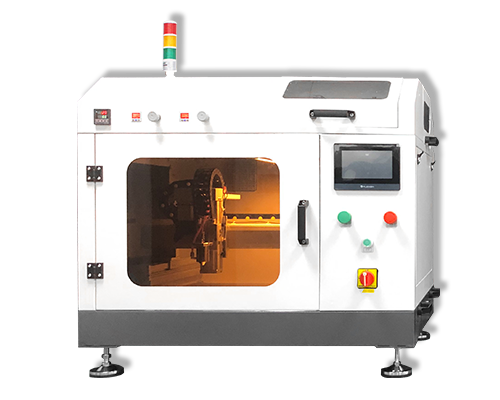Membrane Electrode Preparation Methods
Membrane Electrode Preparation Methods – Ultrasonic Coating – Cheersonic
Membrane electrode assemblies (MEAs) are the core components of a proton exchange membrane fuel cell and consist of three key materials: the proton exchange membrane, the catalyst, the gas diffusion layer and the frame. The commonly referred to membrane electrode assembly is a seven-layer membrane electrode, including the proton exchange membrane, the anode catalyst layer and the cathode catalyst layer, the anode diffusion layer and the cathode diffusion layer, as well as the sealing and fixing gasket.
The basic principle of the membrane electrode preparation method is to load the catalyst slurry onto the surface of the proton exchange membrane or gas diffusion layer, and then laminate the proton exchange membrane, catalytic layer, border and gas diffusion layer together by means of hot pressing or bonding, to complete the membrane electrode preparation. Currently, the methods that have been used for catalyst slurry loading include ultrasonic spraying, electrospraying, screen printing, transfer printing, brush coating, sputtering, electrochemical deposition and direct coating.
The industrialisation of membrane electrodes has gone through three generations so far.
The first generation of membrane electrodes is known as gas diffusion electrode (GDE), which usually uses screen printing method to prepare the catalytic layer onto the diffusion layer. This type of membrane electrode is simple and technically mature, but there are two main problems. Firstly, the catalyst is easily embedded in the gas diffusion layer through the pores, resulting in low catalyst utilisation; secondly, the bond between the catalyst layer and the proton exchange membrane is poor, resulting in low overall performance of the membrane electrode. As a result, the first generation membrane electrode technology has now been largely eliminated.
The second generation membrane electrode uses the catalyst coated membrane (CCM) technology, in which the catalyst is coated on both sides of the proton exchange membrane, and then the gas diffusion layer and the catalytic layer of the proton exchange membrane are combined together by hot pressing. Compared to the first generation method, this method uses the core material of the proton exchange membrane as the binding agent, which reduces the proton transfer resistance between the catalyst layer and the PEM, increases the contact area between the catalyst and the proton exchange membrane, and to a certain extent improves the performance of the membrane electrode as well as the utilisation and durability of the catalyst. Compared with the GDE method, the CCM method prepares membrane electrodes with high catalyst utilisation, high catalyst-proton exchange adhesion, less susceptible to shedding, substantially reduces the proton transfer resistance between the membrane and the catalytic layer, and has a longer membrane electrode life, and is therefore the mainstream commercial preparation method for fuel cell membrane electrodes today. The main drawback of the second generation membrane electrodes is the unstable structure of the catalytic layer during the reaction process and the limited lifetime.
A new method of membrane electrode preparation – ultrasonic coating
Ultrasonic coating systems can produce highly durable, homogeneous carbon based catalyst ink coatings on fuel cells and electrolytic processes in proton exchange membrane (PEM) electrolysers such as Nafion, without membrane distortion. Homogeneous catalyst coatings are deposited on PEM fuel cells, GDLs, electrodes, various electrolyte membranes and solid oxide fuel cells with sprayed suspensions containing carbon black inks, PTFE binders, ceramic pastes, platinum and other precious metals. Other metal alloys including platinum, nickel, iridium and ruthenium based fuel cell catalyst coatings in metal oxide suspensions can also be sprayed using ultrasonics to create PEM fuel cells, polymer electrolyte membrane (PEM) electrolytes, DMFC (direct methanol fuel cells) and SOFC (solid oxide fuel cells) which can produce large loads and high cell efficiencies.
About Cheersonic
Cheersonic is the leading developer and manufacturer of ultrasonic coating systems for applying precise, thin film coatings to protect, strengthen or smooth surfaces on parts and components for the microelectronics/electronics, alternative energy, medical and industrial markets, including specialized glass applications in construction and automotive.
Our coating solutions are environmentally-friendly, efficient and highly reliable, and enable dramatic reductions in overspray, savings in raw material, water and energy usage and provide improved process repeatability, transfer efficiency, high uniformity and reduced emissions.
Chinese Website: Cheersonic Provides Professional Coating Solutions

